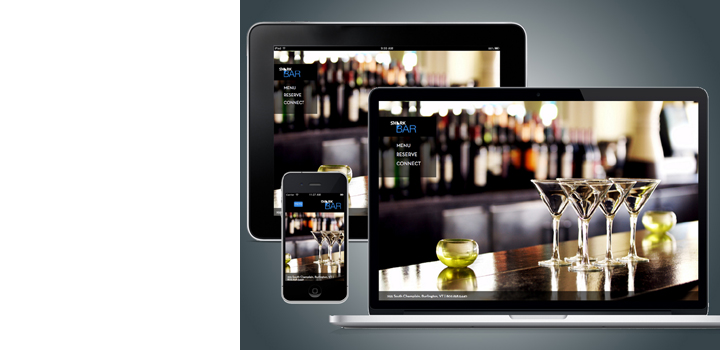Convert imagination to reality......
Here at Mysphere Infotech UK Ltd, one of the leading IT service provide company who specializes in Website designing and development, Web application development, Software development, Mobile App development, ERP development, Game development, Graphics design, Open source technologies, Redesign exiting website, Parallax Website, Responsive website, SEO, SMO, PPC, Content Writing for small and big businesses.
Our Team is in the possession of all skills required to provide completed solution as per requirement because it made up of specialists and every service we offer has its own talented experts.
We believe that developing strong relationships with our clients is the key to happiness for both us and them. We go out of our way to get to the very heart of every requirement and learn everything there is to know about what makes it beat. Once we're well acquainted with their objectives, we get to know their competitors, and work tirelessly on their behalf to make sure they stay ahead of the pack. The lines of communication are always open, and our clients know that they can pop round for a brew any time they please.
When work with us, you can be assured of excellent and guaranteed quality of work. Feel free to ask for any query regarding our services; we would be happy to help you out anytime.
Our Team is in the possession of all skills required to provide completed solution as per requirement because it made up of specialists and every service we offer has its own talented experts.
We believe that developing strong relationships with our clients is the key to happiness for both us and them. We go out of our way to get to the very heart of every requirement and learn everything there is to know about what makes it beat. Once we're well acquainted with their objectives, we get to know their competitors, and work tirelessly on their behalf to make sure they stay ahead of the pack. The lines of communication are always open, and our clients know that they can pop round for a brew any time they please.
When work with us, you can be assured of excellent and guaranteed quality of work. Feel free to ask for any query regarding our services; we would be happy to help you out anytime.

It was my first approach to Mysphereinfotech for the Design & Development of my Website & Blog.

I would recommend them whenever asked.
-
This is customized site of a borehole drilling company in Kenya.
-
This is customize logo which would be very specific to client requirement.
-
This is customize Special Offer Restaurant Newsletter.
-
This is customized Mobile APP which is an online revenue generating platform where anyone can promote digitally.
-
This is customized E-commerce site of a leading Wholesaler and retailer in Shisha, Coal and Accessories located in UK.
-
-
-
@mysphereinfouk
Better search engine rankings result in approximately 26% increase in organic traffic.
-
-
@mysphereinfouk
According to some reports, 91% of total small businesses do not have a responsive, mobile optimized website.
Get an
Instant Quote Now!
Instant Quote Now!
-
Responsive Website Free
-
Hosting Free
-
E Commerce Website
Contact Us







